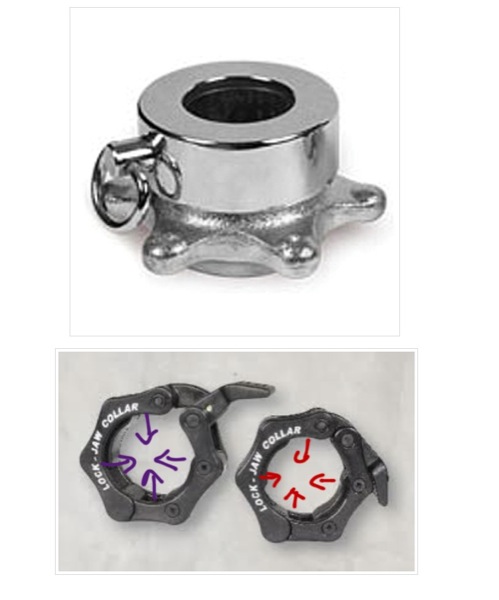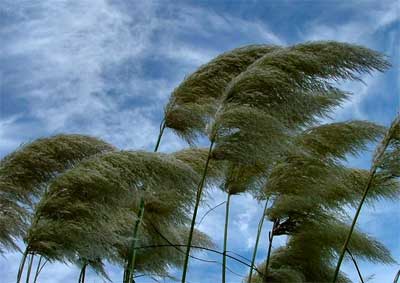4 Reminders: Below The Knees and Above The Shoulders
 Saturday, December 17, 2011 at 12:52AM
Saturday, December 17, 2011 at 12:52AM  CAtennis
CAtennis  Unless you possess overwhelming power, then here are 4 simple reminders to help you increase your odds of winning.
Unless you possess overwhelming power, then here are 4 simple reminders to help you increase your odds of winning.
1) Make your opponent run. This is why every great player is a master of the figure-8 drill. Can you effectively control the ball accurately into the corners while you are moving, hitting over the high part of the net, and changing the direction of the ball? Everyone talks about hitting great crosscourts (nothing wrong with that), but I challenge you to get really good at hitting down-the-lines and not missing! Hit down-the-lines in a way that do not hurt you on the next ball- below their knees or above their shoulders. The moment a coach says practice down-the-lines, the player swings for the fences. This is not good tennis and will certainly guarantee you losing 1 and 1. Don't want to be labeled a pusher, well you will be labeled a bonafide loser. What the coach really means is to find a ball you can effectively hit 10 out of 10 times. Yes 10 out of 10 is manageable and is what is expected of a great player.
2) Make your opponent hit balls over the shoulder. Work on their head. See if they can mentally handle balls over the shoulder (you must be willing to do your part), point after point. Be ready to defend and know that winners will be hit against you. It's okay, that goes with the territory. Play the odds and frustrate them as the match unfolds. You must not give your opponent any comfortable shots to hit (if you can help it). You must send a message that this is your identity and you are willing to make them hit 24 winners to win the set. If they win the set, congratulate them and make them work just as hard in the 2nd. Make life miserable for them, in fact, make them cry! You will be surprised how many wimps and Momma's Boys there are in the tennis world (Rafa made a living on this!). "Mommy, mommy!" Make them cry.
3) Make your opponent hit balls below the knees. Get really good at slicing. Slices that bounce above the knees are not slices, so get back on the practice court and learn how to slice. I don't care what anyone says, its very hard to hit winners against a good slice (ala Stevie Johnson, Federer, Schiavone, Feliciana Lopez). The ball is below the level of the net and it defies physics to be able to torque a ball hard enough up and over the net to hit a winner. Your opponent labors trying to generate enough pace to create an opening. The slice has been known to drive some supposed "tough cookies" mad. Federer chucked his racquet across the court against Santoro. Djokovic should have lost the 1st set to Dolgopolov and was clearly puzzled/annoyed/pissed at the same time.
4) Aim for the middle. If all else fails, take all the pace off the ball and hit it up the middle. Hit it high middle, low middle. So many players can't volley, so make them beat you with a volley. I would argue your pass is better than their volley. Odds are your opponent has hit 1 volley for every 50 groundstrokes (sounds extreme, but I'm right). Middle gives your opponent no angle and no easy way to run you off the court (if you hit it high or low or deep). Smoke a cigar in-between points as the fume comes out of their ears. Throw in a defensive moon lob for good measure to accelerate the crying process. Be ready to run! But next time you are on the practice courts, do figure eights to learn how to hit closer to the lines while on the move, so you can expand your game.



